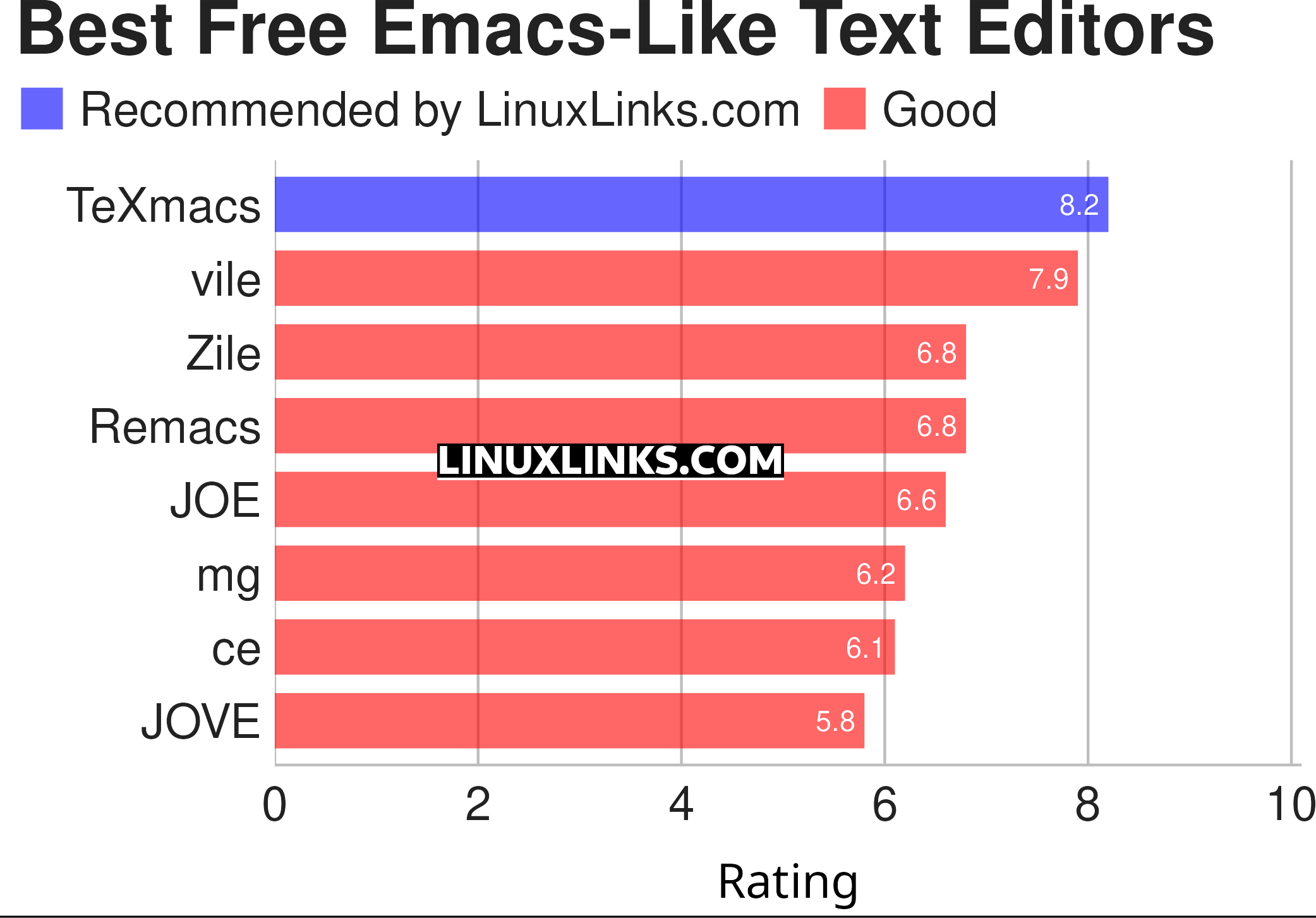Over the years, one of the most emotive areas in the world of Linux is the choice of text editor. Some people are strong advocates of Vim, others prefer Emacs. And there’s tons of other text editors available with strong backing. Having robust opinions is the way the land lies in Linux.
Emacs has a long and revered history. The original program was written in 1976 as a set of macros for an existing text editor called TECO. Emacs originally was an acronym for Editor MACroS, unifying the many TECO command sets and key bindings. TECO is both a character-oriented text editor and an interpreted programming language for text manipulation.
Emacs has come a long way since 1976. It offers a robust Lisp interpreter that is hugely extensible and hackable. It brought to light lots of novel concepts such as an infinite clipboard, tree-based exploration of history, a reverse variable search, structural editing of code, and recursive editing that let you stop what you are doing, perform other edits, and then revert back to the original task.
Emacs is an incremental programming environment, a mutable environment that provides functionality without applications.
We have surveyed the Emacs scene. There are lots of Emacs-related software available. To save you time, we’ve made our recommendations in the chart below.

TeXmacs is great for scientific users. It isn’t based on Emacs’s code in any way; instead it seeks inspiration from Emacs (and TeX).
The other programs featured here are Emacs-like programs, much simpler programs than Emacs with a significantly reduced feature set, but they can be very useful in certain situations where you don’t need all the power from Emacs.
Let’s explore the 8 programs at hand. For each title we have compiled its own portal page, a full description with an in-depth analysis of its features, together with links to relevant resources.
| Emacs-like Text Editors | |
|---|---|
| TeXmacs | High quality scientific word processor and typesetting program |
| vile | Combines aspects of the Emacs and vi editors |
| Zile | Customizable, self-documenting real-time display editor |
| Remacs | Community-driven port of Emacs to Rust |
| JOE | Joe's Own Editor with no code used from Emacs |
| mg | Small, fast, and portable Emacs-like editor |
| ce | Small, fast, Emacs-like text editor |
| JOVE | Jonathan's Own Version of Emacs. Highly portable, supports many ancient systems |
This article has been revamped in line with our recent announcement.
This Group Test initially included configuration frameworks, but these have been moved to a dedicated article about configuration frameworks for Emacs.
 Read our complete collection of recommended free and open source software. Our curated compilation covers all categories of software. Read our complete collection of recommended free and open source software. Our curated compilation covers all categories of software. Spotted a useful open source Linux program not covered on our site? Please let us know by completing this form. The software collection forms part of our series of informative articles for Linux enthusiasts. There are hundreds of in-depth reviews, open source alternatives to proprietary software from large corporations like Google, Microsoft, Apple, Adobe, IBM, Cisco, Oracle, and Autodesk. There are also fun things to try, hardware, free programming books and tutorials, and much more. |

You forgot jed
No, we didn’t forget. Just because an editor has an emulation for Emacs doesn’t mean it qualifies to be included. We generally don’t included abandoned software projects. jed hasn’t seen any significant development for more than a decade.
Jed was last update in may 2025.
It has an extension language, many modes, macros(!). I would say it qualifies much more than zile which is on my install-on-any-system list but which has almost none of those
All I see is a few minor commits. Last stable release was way back in 2009 with glacial development since then.
Or that LinuxLinks doesn’t consider it as good as the ones that are featured.
Any reason doom-emacs is missing?
No reason except human oversight. We should really break out the Emacs configuration frameworks like Doom Emacs into a separate group test, they really don’t fit that well in this Emacs-like Group Test.
Yes, I agree, these configuration frameworks are very different to Emacs-like editors. Spacemacs, Doom and Prelude are the most popular (in that order), but there’s quite a few others.
Doom Emacs is featured in our new Configuration Frameworks for Emacs Group Test.